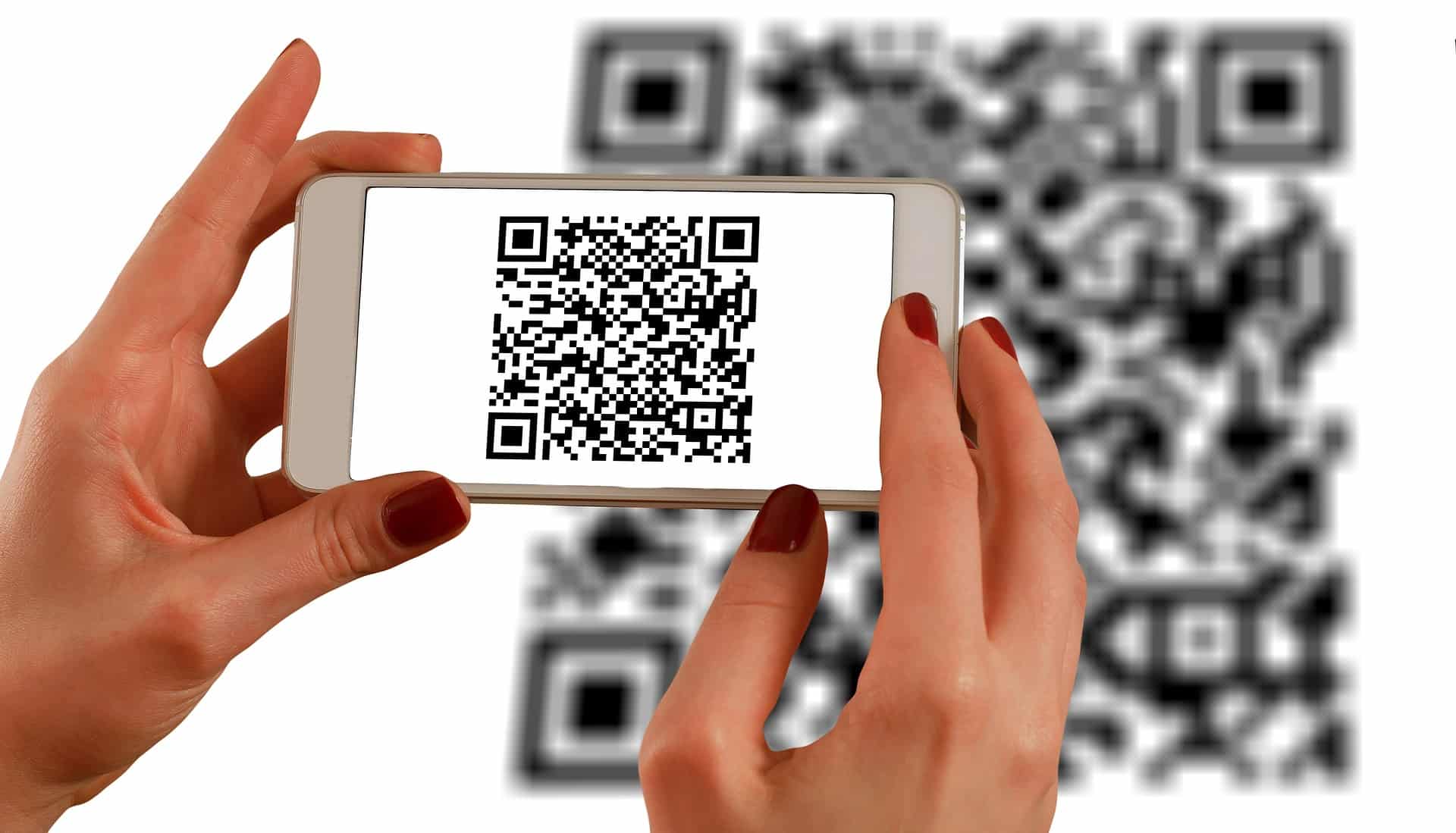Business
Center postpones QR code requirement under GST framework for B2C transactions
The government has postponed the requirement for generating QR code to March end of 2021. And this has come as a much needed relief for a number of companies and businesses. The Reserve Bank committee had been pushing for QR code and had also suggested for the government to introduce incentive schemes to promote transactions through the same.
Abhishek Jain, Tax Partner EY, said the government has provided the much required relaxation for the businesses by waiving the penalty for non-compliance with QR code requirement till March 2021 for B2C transactions. He pointed out that many of the industry players were not ready. “This waiver would give the requisite time for the industry to be ready for this compliance.” Over the past couple of months, many industry associations had reached out to the government on behalf of several companies who were not ready as it would cause huge disruptions.
The RBI Committee in its report had stated that with the growing penetration of smartphones in the country, QR code-based payments present the most cost effective way of expanding the digital foortprint. It suggested that all networks in collaboration with banks and TPAPs can come out with guidelines for issuance app standardization to deliver a consistent and seamless customer experience.
Gains momentum post-COVID
In the wake of COVID-19 pandemic, QR codes has become popular. Experts believe that the coronavirus crisis could well spread this practice around the world, in particular developing economies, moving the QR code-based fintech industry towards a definite breakthrough. Its becoming a familiar part of the new normal, making it not only possible but necessary to expand the scope and use of this technology.
Also Read: Indian sellers find market in US, Europe and Australia through ebay
The QR code can be generated by both the seller and the buyer, however its usually the sellers that generate it. The seller creates a QR code and shows it to the buyer; the buyer scans it using their banking or finance application and clicks the Pay button; the monetary transfer is sent to the seller’s bank; the seller receives a payment confirmation and the payments system issues a receipt to the buyer. One of the main benefits of this system is that the digital payments infrastructure is becoming more open, as it is easier to integrate new financial instruments, including cryptocurrencies, into it. Besides, it can also be used in e-commerce, in instant messengers and on any screen, any app and any surface they can be displayed on or affixed to.
However, businesses and people should also be aware about the risks. QR codes are vulnerable to fraud. Hackers can replace existing codes with their own, hack an online store or replace a printed code in an offline retail outlet.











































Pingback: Indian industry to come up with Made in India high-tech machines for bullet train project | The Plunge Daily